Soil pH plays a vital role in nutrient availability to plants. Therefore, it is crucial for the healthy growth and development of plants. A desirable soil ph range ensures lush green and vigorous growth of indoor and outdoor plants. That’s why maintaining optimum soil pH ranges is of greater importance.
What Is Soil pH?
A soil pH is a characteristic scale that represents the relative acidity and alkalinity of the soil. A pH value is the negative log of the concentration of hydrogen ions (H+) or potential of hydrogen. And the pH values of different objects indicate whether they are acidic or alkaline.
A pH scale of 0-14 measures how acidic or alkaline soils are. While a pH value of 6·5-7, indicates the slightly acidic pH indicates the neutral pH of soil. A soil pH value < 7 indicates acidic soils (even less than four is considered highly acidic), and a pH value > 7 shows the basic or alkaline soils (greater than 8 or 9 is considered highly alkaline). The soils with high pH are referred to as “sweet.” While the soils with high acidity are called “sour.”

Most plants thrive on soil pH range between 6·5-7 (neutral pH). However, some plants grow in acidic soils, such as blueberries. Similarly, the Pieris, magnolias, camellias, and rhododendrons also actively grow on acidic soils.
On the other hand, honeysuckle, lilac, clematis, and lavender grow on basic or alkaline soils.
Alkaline Soils
Alkaline soils or sweet soils have a pH level above 7 and are rich in calcium, magnesium, and sodium. Therefore, the nutrient availability in basic soils is limited for plants. The typical symptom of nutrient deficiency in alkaline soils is stunted growth.
On the other hand, some plants like basic pH levels for their lush and healthy growth. Example are:
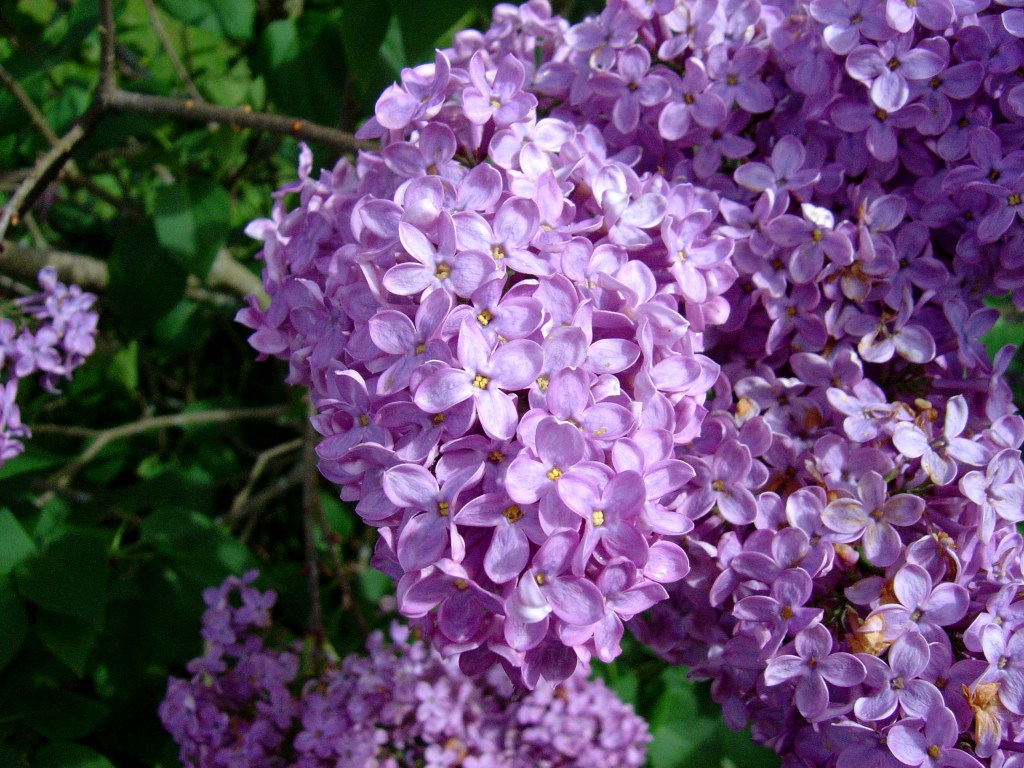
Acidic Soils
Acidic or sour soils have a pH level of less than seven and restrict the availability of phosphorus and molybdenum. At the same time, acidity increases the availability of aluminum and manganese that are toxic to plant growth.
Some plants and trees like acidic soils, and examples are magnolias and camellias.
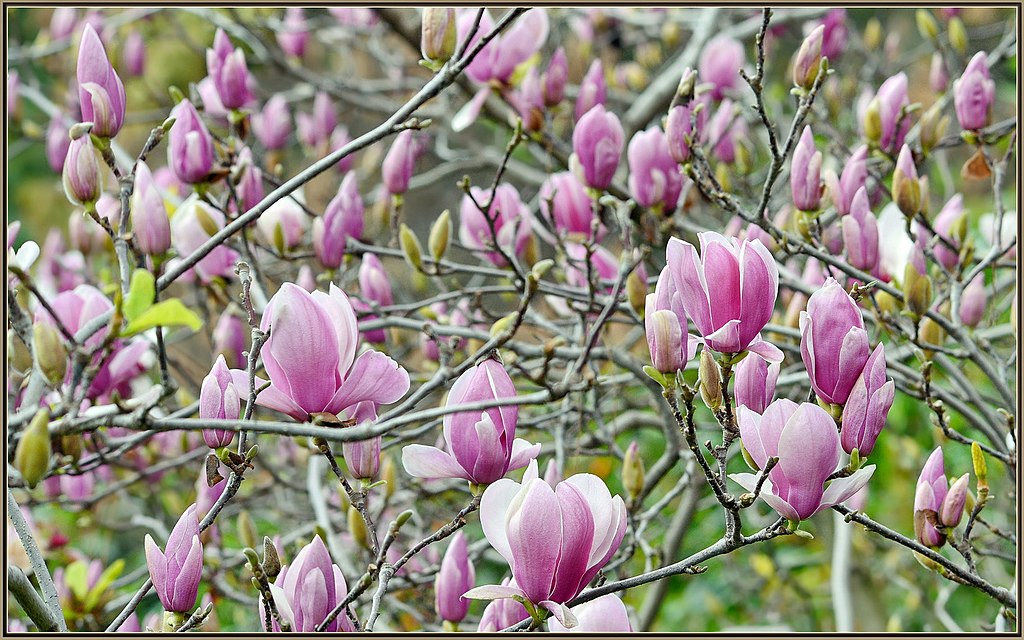
Neutral Soils
These are ideal soils with 7 or slightly lower pH and ideal for most plating. In neutral soils, most nutrients are available and promote plant growth and development. The neutral pH levels are sandy loam and clay soils. An example of a neutral soil plant is the money plant.

Soil pH And Nutrient Availability
If the soil pH is low or high, the required nutrients will not be available to plants. The low pH or high blocks nutrient availability and impacts plant health.
Signs And Symptoms Of Nutrient Deficiencies
The common symptoms and signs of nutrient deficiency in plants are:
- Yellowing of leaves
- Discoloration of leaves such as the red, purple, and yellow appearance of foliage
- Downward curling of leaves with burnt tips (brown)
- Interveinal yellowing of leaves
- Stunted growth of plants
- Abnormally dark green leaves
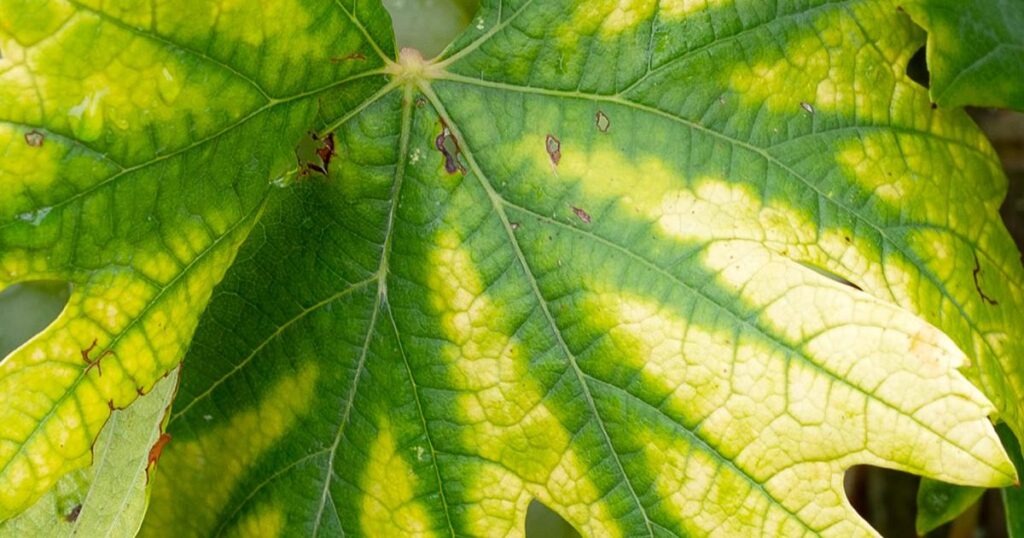
The optimum plant growth varies with pH nutrient availability. Nitrogen, potassium, and sulfur are the major plant nutrients, and these are less affected by soil pH than other nutrients.
Phosphorus, however, is directly affected by slight changes in soil pH. For example, with a pH value of 7.5 (slightly alkaline), the phosphate ions react with calcium (Ca) and magnesium (mg) to form compounds that are unavailable to plants. Similarly, with a pH value of 6.5 (slightly acidic), the phosphate ions react with aluminum (Al) and iron (Fe) to form less soluble compounds.
These essential nutrients become unavailable to plant roots at slight variations in soil pH, thus impacting plant growth.
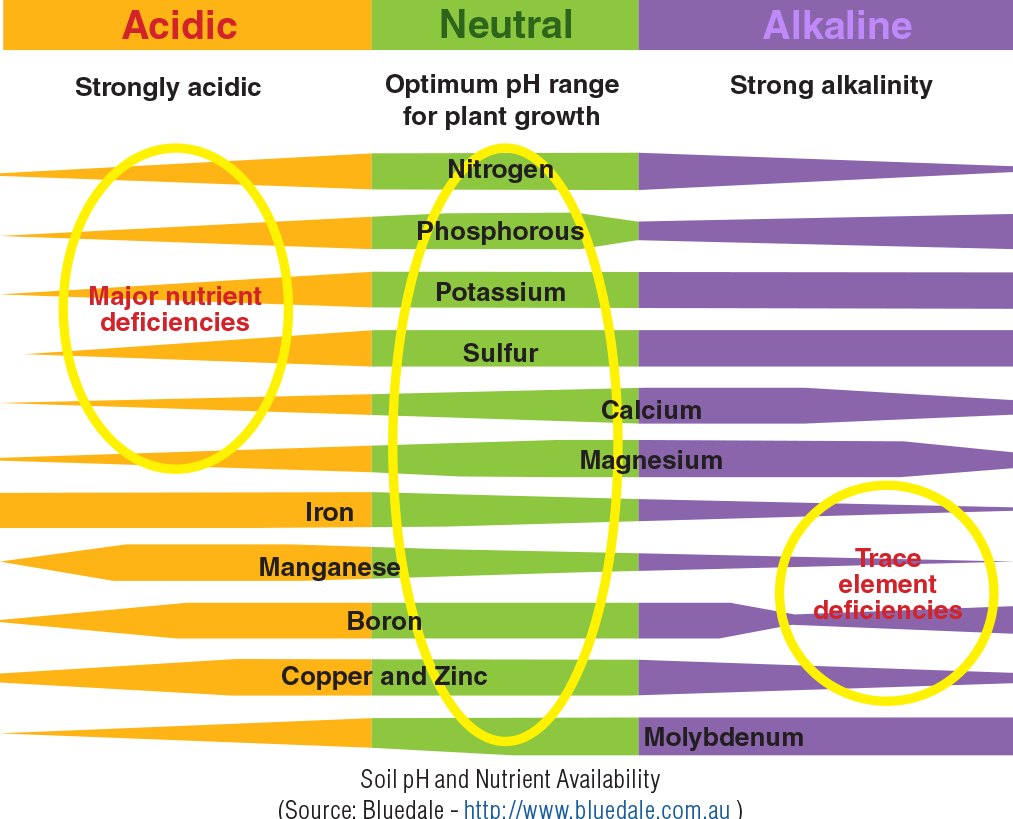
RELATED: How Often Should I Fertilize My Lawn? A Quick & Easy Guide To Lawn Fertilization
How To Test The Soil pH?
To test soil pH, take samples from the garden and plant pots—place soil samples in the tubes containing the chemical solution. Shake the tester tube vigorously and wait until the soil particles settle down. Once the soil material is transparent, compare it against the chart provided with the kit.
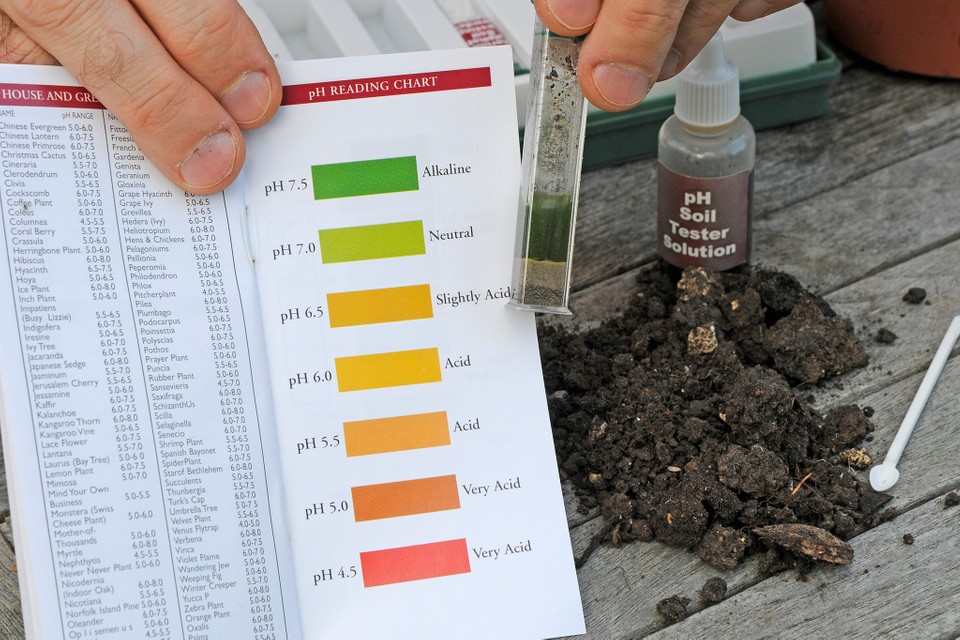
The soil pH test kit is available here
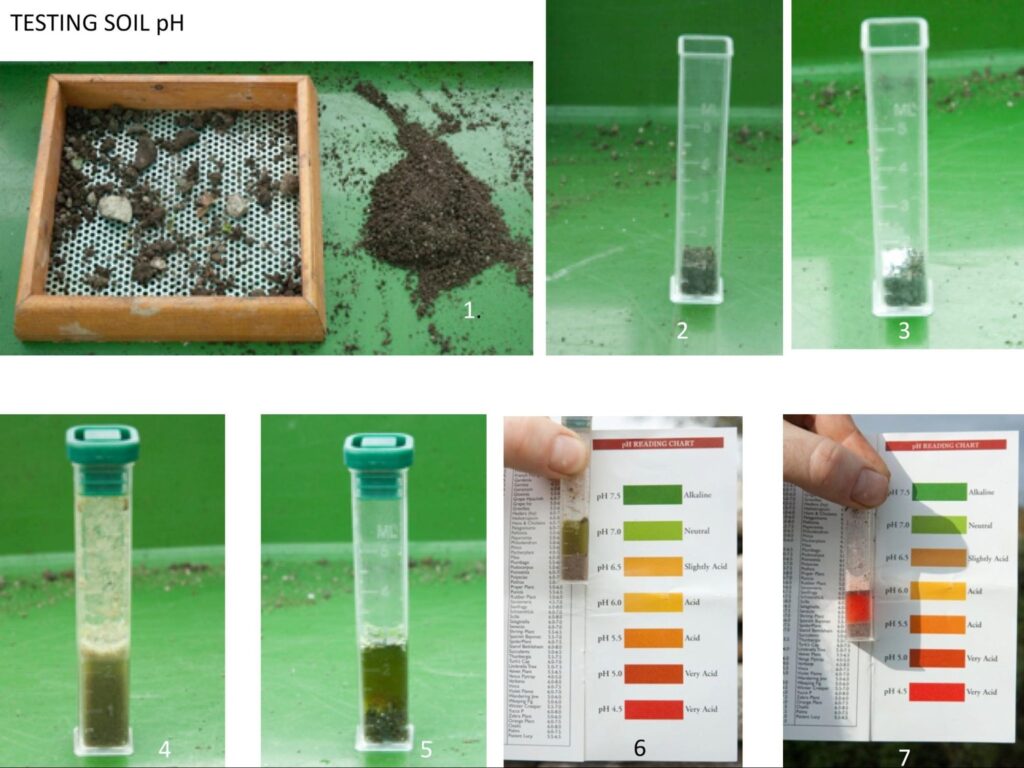
The soil pH test kit will help select soil (alkaline, acidic, or neutral) for indoor and outdoor plants. It will also help in the availability of soil nutrients. Neutral soil pH levels, the soil microorganisms actively work on nutrients and release them for plant absorption.
How To Adjust The Soil pH For Optimum Plant Growth?
The changes in soil pH not only cause nutrient deficiencies but also causes nutrient toxicity at the pH scale 4.5 to 5.5. However, the soil pH can be adjusted to optimum levels for the healthy growth of plants. There are two ways by which soil pH can be corrected.
By Adding Lime To Reduce The Soil Acidity
If the soil pH is too acidic, pH can be enhanced by lime material such as calcitic limestone and dolomitic limestone. Both these lime materials contain calcium carbonate (CaCO3). In addition, the finely ground lime material can be mixed with soil to adjust soil pH levels.
RELATED: How To Correctly Use Potash On A Lawn For The Best Results?
By Adding Sulfur To Reduce The Soil Alkalinity
The soil alkalinity can be reduced by adding elemental sulfur. The microbes present in soil work on elemental sulfur and convert it into sulfuric acid. The acid further reacts and produces sulfate and hydrogen ions. It is these hydrogen ions (H+) that lower the soil pH.
These two methods can adjust the soil pH to grow desirable plants indoors and outdoors.
Frequently Asked Questions
How Does pH Affect The Availability Of Calcium?
The soil pH significantly impacts the availability of nutrients to plants required for healthy growth and development. For example, at acidic pH scales (more than seven), the phosphorus reacts with calcium and magnesium to form less soluble molecules. In comparison, aluminum and manganese are more available to plants and cause toxicity.
To obtain optimum or neutral pH levels, mix lime material (calcium carbonate) in the soil.
How Does Soil Acidification Affect Nutrient Availability?
The soil acidification impacts the availability of major plant nutrients such as nitrogen (N), phosphorous (P), potassium (K), sulfur (S), calcium (Ca), magnesium (Mg), and molybdenum (Mo) become less available to plants roots. It thus stunts plant growth.
What Is Soil Nutrient Availability?
The soil nutrient availability means the available nutrient sources for plant growth. Plant roots then absorb these nutrients. Many factors influence soil nutrient availability, such as soil texture, microbes, particle size, and pH value.
Soil pH value is more important because it provides the soil microorganisms the optimum conditions to work on soil material and release nutrients for plant nutrition. However, the ideal soil pH level is 6.0-7.5, at which most of the soil nutrients are available to plants for healthy growth.
How Do Plant Uptake Nutrients From Soil?
Plant uptake nutrients through roots. The plant roots absorb water and nutrient from the soil and maintain the plant’s healthy growth and insect pest attack.
How Does Soil pH Affect Soil Structure?
Soil pH is important because it affects the activity of soil microorganisms, nutrient leaching, availability, and soil structure. Plant nutrients are readily available at 5.5 to 6.5 pH levels, and the soil structures are fine, granular, and clay. However, the clay structure becomes hard and sticky when the soil pH is slightly acidic or alkaline. At this point, the water does not enter the soil and impacts the nutrient movement.
How Does pH Affect Farmer’s Crops?
Soil pH is critical because it regulates the nutrient availability for crop growth and reproduction. Once the soil has a high or low pH, it will interrupt nutrient cycling and availability. And the plant will be food deficient with the following symptoms:
- Reductions in plant growth with no reproduction or flowering stage
- Curling down of leaves thus no photosynthesis
- Burning of leaves due to nutrient toxicity
- Excessive growth at the vegetative stage
- Discoloration of leaves
- Yellowing of leaves due to chlorophyll damage
How Does Soil pH Affect the Activity Of Soil Microorganisms?
The higher acidity and alkalinity levels of soil slow down the activity of soil microorganisms. As a result, the action of nitrogen-fixing bacteria is also reduced. At the same time, the movement of disease-causing microbes increased in highly acidic and alkaline soils. It also enhances the absorption of heavy metals in soil, damaging the soil structure.
To maintain neutral soil levels, add lime, organic matter residues, elemental sulfur, and crop rotations to lower the acidity and alkalinity of the soil.
Why Is It Important To Understand The Soil pH?
The optimum soil pH ranges will help maintain healthy gardens and indoor plants. It is, therefore, crucial to understand the potential of hydrogen ions (H+) in the soil.
Sources For Further Reading
- Competency Area 5: Soil pH and Liming. (n.d.). Cornell University. Retrieved January 27, 2022, from https://nrcca.cals.cornell.edu/nutrient/CA5/CA0539.php#:~:text=Soil%20pH%20affects%20nutrient%20availability,considered%20optimum%20for%20nutrient%20availability.
- Cooperative Extension. (2017, February 6). Soil and Plant Nutrition: A Gardener’s Perspective – Cooperative Extension: Garden & Yard – University of Maine Cooperative Extension. Cooperative Extension: Garden & Yard. Retrieved January 27, 2022, from https://extension.umaine.edu/gardening/manual/soils/soil-and-plant-nutrition/
- University of California Agriculture and Natural Resources. (2022). Effects of pH, sodicity, and salinity on soil fertility. Regents of the University of California. Retrieved January 27, 2022, from https://ucanr.edu/sites/Salinity/Salinity_Management/Effect_of_salinity_on_soil_properties/Effect_of_pH_sodicity_and_salinity_on_soil_fertility_/
- Soil pH and the Availability of Plant Nutrients | Nutrient Stewardship. (n.d.). Nutrient Stewardship. Retrieved January 27, 2022, from https://nutrientstewardship.org/implementation/soil-ph-and-the-availability-of-plant-nutrients/
- Learn more about plant health, read our tips on What are the Effective Ways to Fix Nitrogen Toxicity in Houseplants?
Editor’s Recommendations
Pothos Leaves Curling, its Causes and Easy Ways to Fix Leaf Curl







